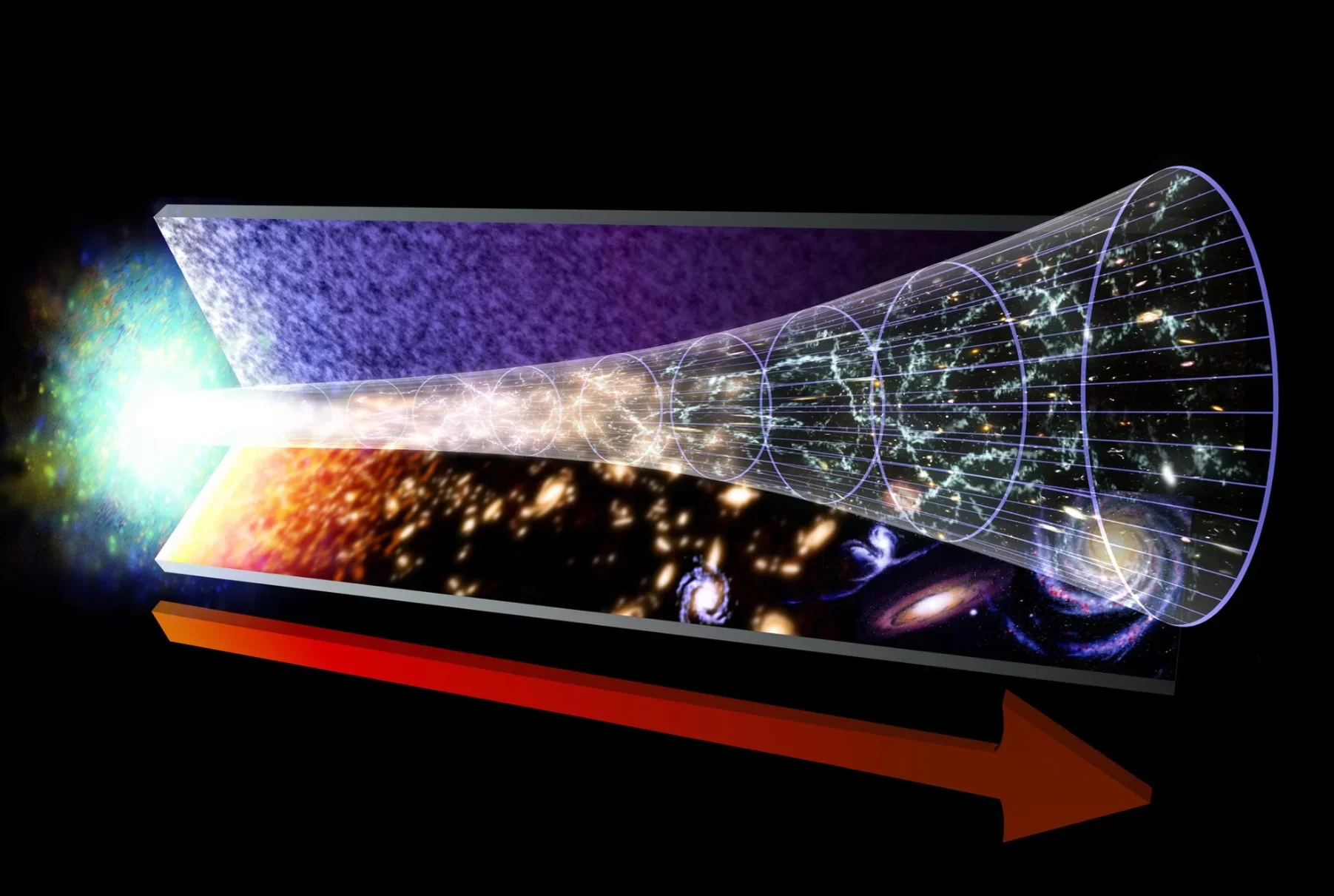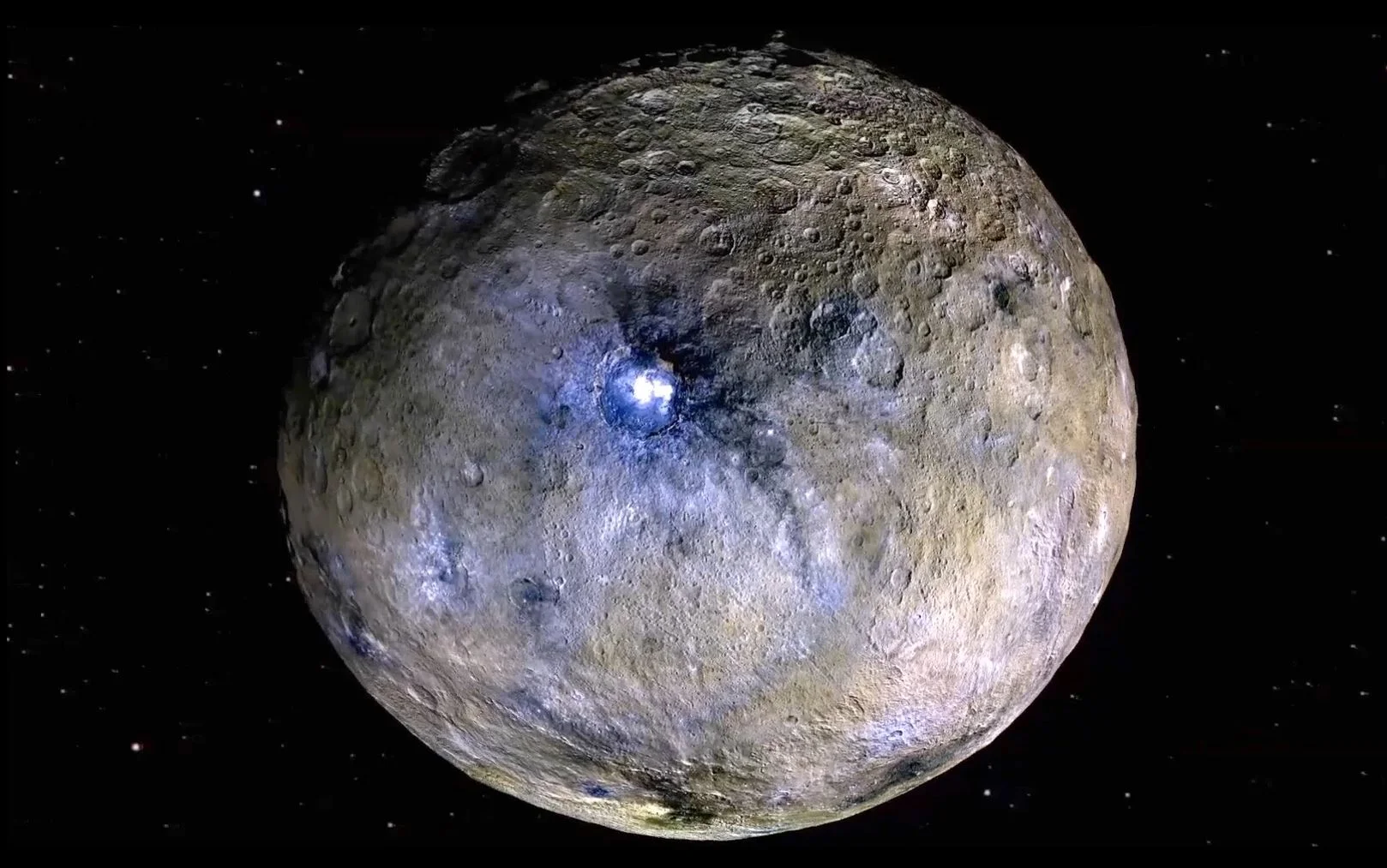On October 19th, 2017, the Panoramic Survey Telescope and Rapid Response System-1 (Pan-STARRS-1) telescope in Hawaii announced the first-ever detection of an interstellar asteroid – I/2017 U1 (aka. ‘Oumuamua). Originally though to be a comet, follow-up observations conducted by the European Southern Observatory (ESO) and others confirmed that ‘Oumuamua was actually a rocky body that had originated outside of our Solar System.
Complex organic molecules are bubbling up from inside Enceladus
The Cassini orbiter revealed many fascinating things about the Saturn system before its mission ended in September of 2017. In addition to revealing much about Saturn’s rings and the surface and atmosphere of Titan (Saturn’s largest moon), it was also responsible for the discovery of water plumes coming from Enceladus‘ southern polar region. The discovery of these plumes triggered a widespread debate about the possible existence of life in the moon’s interior.
NASA Uses Earth as Laboratory to Study Distant Worlds
The study of exoplanets -- planets that lie outside our solar system -- could help scientists answer big questions about our place in the universe, and whether life exists beyond Earth. But, these distant worlds are extremely faint and difficult to image directly. A new study uses Earth as a stand-in for an exoplanet, and shows that even with very little light -- as little as one pixel -- it is still possible to measure key characteristics of distant worlds.
A satellite with a harpoon, net and drag sail to capture space junk is in orbit and will be tested soon
After almost seventy years of spaceflight, space debris has become a rather serious problem. This junk, which floats around in Low Earth Orbit (LEO), consists of the spent first rocket stages and non-functioning satellites and poses a major threat to long-term missions like the International Space Station and future space launches. And according to numbers released by the Space Debris Office at the European Space Operations Center (ESOC), the problem is only getting worse.
How we proved Einstein right on a galactic scale – and what it means for dark energy and dark matter
Chasing 'Oumuamua
There’s sand on titan, where does it come from?
Even though the Cassini orbiter ended its mission on of September 15th, 2017, the data it gathered on Saturn and its largest moon, Titan, continues to astound and amaze. During the thirteen years that it spent orbiting Saturn and conducting flybys of its moons, the probe gathered a wealth of data on Titan’s atmosphere, surface, methane lakes, and rich organic environment that scientists continue to pore over.
Will We Know Life When We See It? NASA-led Group Takes Stock of the Science
In the last decade we have discovered thousands of planets outside our solar system and have learned that rocky, temperate worlds are numerous in our galaxy. The next step will involve asking even bigger questions. Could some of these planets host life? And if so, will we be able to recognize life elsewhere if we see it?
Red Nuggets’ Are Galactic Gold for Astronomers
About a decade ago, astronomers discovered a population of small, but massive galaxies called “red nuggets.” A new study using NASA’s Chandra X-ray Observatory indicates that black holes have squelched star formation in these galaxies and may have used some of the untapped stellar fuel to grow to unusually massive proportions.
How we proved Einstein right on galactic scales – and what it means for dark energy and dark matter
How an advanced civilization could stop dark energy from preventing their future exploration
During the 1930s, astronomers came to realize that the Universe is in a state of expansion. By the 1990s, they realized that the rate at which it is expansion is accelerating, giving rise to the theory of “Dark Energy”. Because of this, it is estimated that in the next 100 billion years, all stars within the Local Group – the part of the Universe that includes a total of 54 galaxies, including the Milky Way – will expand beyond the cosmic horizon.
Could cyanobacteria help to terraform mars?
Billions of years ago, Earth’s atmosphere was much different than it is today. Whereas our current atmosphere is a delicate balance of nitrogen gas, oxygen and trace gases, the primordial atmosphere was the result of volcanic outgassing – composed primarily of carbon dioxide, methane, ammonia, and other harsh chemicals. In this respect, our planet’s ancient atmosphere has something in common with Mars’ current atmosphere.
Once in a Blue Dune
Ceres has even more organic molecules on it than previously thought!
In March of 2015, NASA’s Dawn mission became the first spacecraft to visit the protoplanet Ceres, the largest body in the Main Asteroid Belt. It was also the first spacecraft to visit a dwarf planet, having arrived a few months before the New Horizons mission made its historic flyby of Pluto. Since that time, Dawn has revealed much about Ceres, which in turn is helping scientists to understand the early history of the Solar System.
New way to find baby gas giants is way more accurate
A powerful dust storm has darkened the skies over opportunity on mars
NASA’s Opportunity mission can rightly be called the rover that just won’t quit. Originally, this robotic rover was only meant to operate on Mars for 90 Martian days (or sols), which works out to a little over 90 Earth days. However, since it made its landing on January 25th, 2004, it has remained in operation for 14 years, 4 months, and 18 days – exceeding its operating plan by a factor of 50!
One way to find aliens would be to search for artificial rings of satellites: Clarke Belts
When it comes to the search for extra-terrestrial intelligence (SETI) in the Universe, there is the complicated matter of what to be on the lookout for. Beyond the age-old question of whether or not intelligent life exists elsewhere in the Universe (statistically speaking, it is very likely that it does), there’s also the question of whether or not we would be able to recognize it if and when we saw it.
Dwarf planet may host more organic stuff than scientists thought
Shades of Martian Darkness
Science operations for NASA's Opportunity rover have been temporarily suspended as it waits out a dust storm on Mars. This series of images shows simulated views of a darkening Martian sky blotting out the Sun from NASA's Opportunity rover's point of view, with the right side simulating Opportunity's current view in the global dust storm (June 2018). The left starts with a blindingly bright mid-afternoon sky, with the sun appearing bigger because of brightness. The right shows the Sun so obscured by dust it looks like a pinprick. Each frame corresponds to a tau value, or measure of opacity: 1, 3, 5, 7, 9, 11.


















